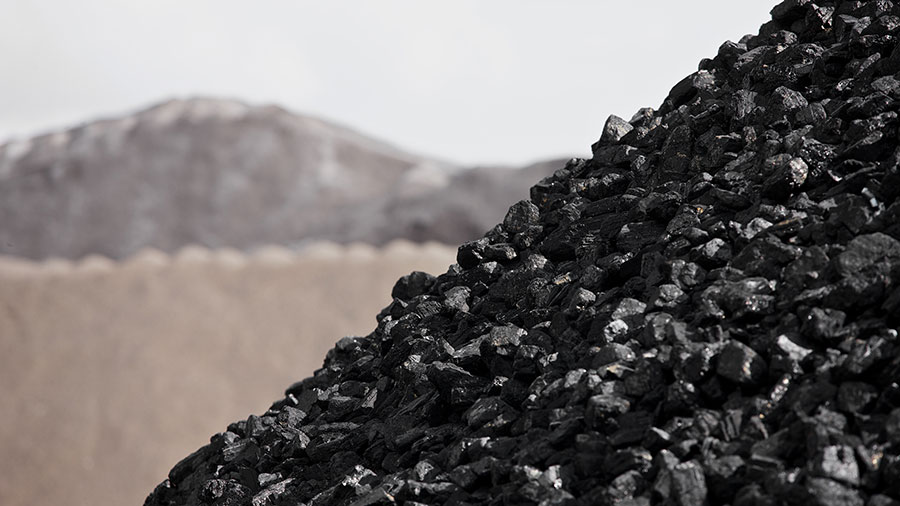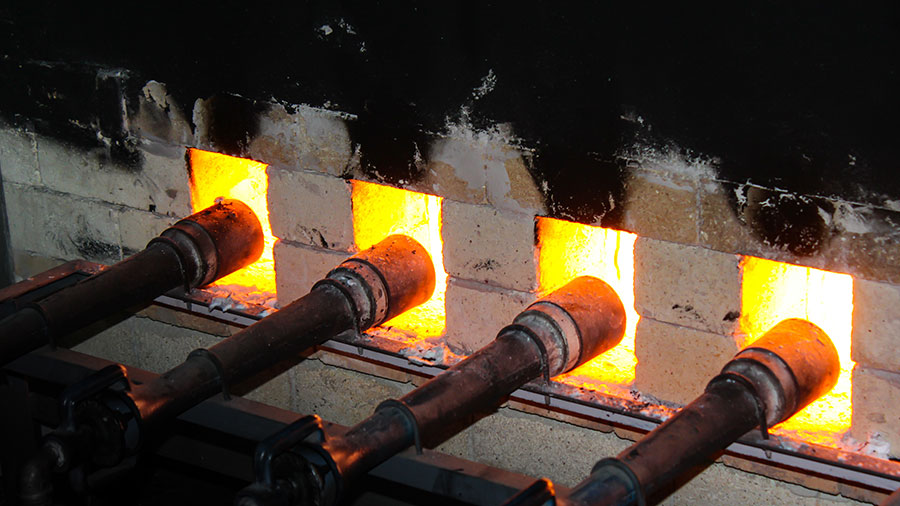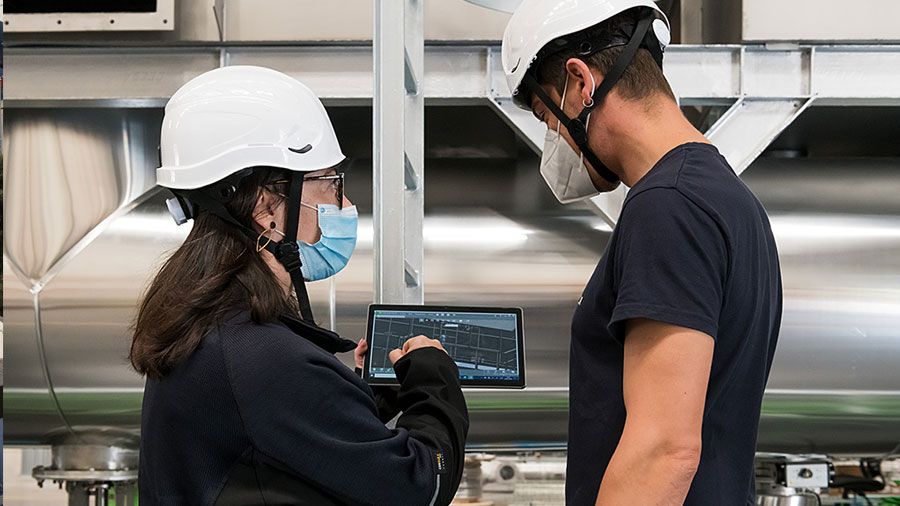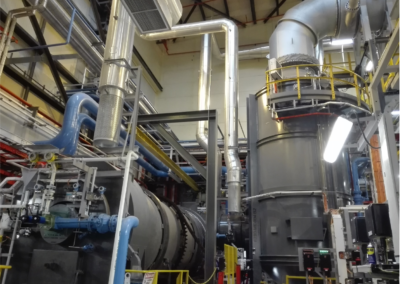Pyrolysis
WASTE VALORIZATION
Tecam’s pyrolysis technology
What is pyrolysis? Pyrolysis is the chemical decomposition of organic compounds in the absence of oxygen. The thermal process usually takes place at temperatures between 450 °C – 600 °C at negative pressure, and aims to break the long hydrocarbon chains into shorter ones. During this thermal process, syngas (or synthesis gas) is generated by the volatile compounds that would normally be sent to a combustion chamber for oxidation. The pyrolysis process also generates a solid, carbon-rich waste material known as char. Pyrolysis is the first stage in the gasification phase for combustion.
Pyrolysis can be carried out in two types of kiln: rotary and static. Rotary kilns are recommended for large volumes of waste (1-5 t/h) and static kilns for smaller volumes.


Is Pyrolysis environmetanlly friendly?
Waste Valorization has become the alternative technology for energy recovery that has minimum impact on the environment and is capable to generate heat and electricity. Pyrolysis plants and waste incineration plants include flue gas treatment systems afterwards that collect and eliminate the gases generated, following an efficient and safe procedure, to guarantee maximum respect for people and the environment.

Pyrolysis treatment processes and types of waste
- Pyrolysis thermal processes are used to treat plastic polymers, which generate a syngas upon decomposition that can be subsequently condensed, distilled and used as a fuel.
- Pyrolysis can also be applied to charring of wood to produce fixed carbon (char), which is used to improve soil productivity for agriculture. For this particular application, it is important that the wood and biomass do not contain heavy metals, as these are hazardous to the soil.
- For sewage sludge applications, sludge must be dried beforehand, and then it can also go through a pyrolysis process. Similarly, the goal is to generate fixed carbon for use in agricultural soil.
Main components of Pyrolysis equipment
The main components of the pyrolysis equipment for waste thermal processing are:
Rotary kiln:
- Input device: this usually comprises a set of valves that allow for the controlled feeding of the waste, while simultaneously preventing air from entering the kiln from outside.
- Rotary kilns have a cylindrical, horizontally positioned body that rotates on an axle, thereby allowing the solid waste inside to decompose.
- Muffle, or external chamber for heating. In order to maintain their high temperatures, these kilns usually have external heating jackets through which a hotter liquid is passed; in turn, this liquid transfers its heat to the kiln, thereby keeping the interior of the kiln hot.
- Rotation devices: these enable the kiln to rotate.
- Ash and fixed carbon extraction device: the waste material contains a certain amount of compounds that cannot be gasified, and generate ash and fixed carbon (char) as a result. Furnaces must be fitted with a device to extract these waste materials, cool them and send them on to be treated. These devices usually take the form of screw conveyors
Static kiln:
Static kilns operate on a non-continuous basis, i.e. the kiln is fed with the waste, which is then heated, pyrolysed, and left to cool so that the ash can be extracted.
In static systems the kiln does not rotate, which means the waste has to be fed into it.


The Tecam service
At Tecam we offer a comprehensive range of services and a close, collaborative, continuous working relationship to address your emissions- and waste-related problems. We will advise you in your search for solutions, provide you with the necessary technology to implement your chosen solution, and accompany you in your daily operations in our capacity as your technology partner.
Specialists in the sectors that are most sensitive to environmental impacts
We drive sustainable productivity and innovation for industries with more extensive and more complex needs.
















